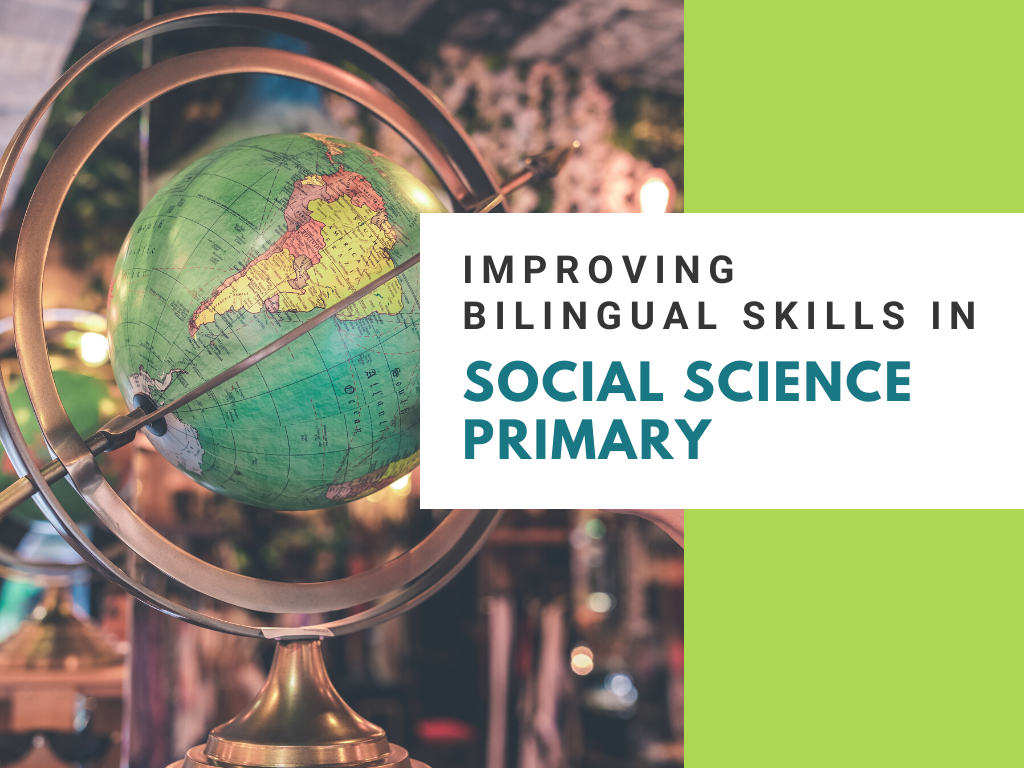“ Bread was the basis of the medieval diet” and we will make bread as mediaevals. Firstly, we will watch the video in order to understand how they made it. We will read a replica Middle Ages peasant horsebread recipe made with heritage wheat and legumes. Inspired by Ken Follett’s book Pillars of the Earth. Ingredients 100 grams dried yellow split peas 200 grams lively sourdough starter 450 grams Dove’s Farm Heritage Wholegrain flour 50 grams pea flour 10grams dried seaweed (or salt) 350 ml water Instructions Wash dried yellow split peas and place them in a medium sized bowl. Cover with water and leave overnight to soak. Take sourdough starter out of the fridge and leave overnight to get to room temperature. The next morning, mix together the starter, flours, seaweed (or salt) and water until a thick wet dough forms. Leave, covered, in the bowl for 3 hours or more. Meanwhile, drain and dry split peas. Coarsely chop them and set aside. Turn dough out onto a floured
